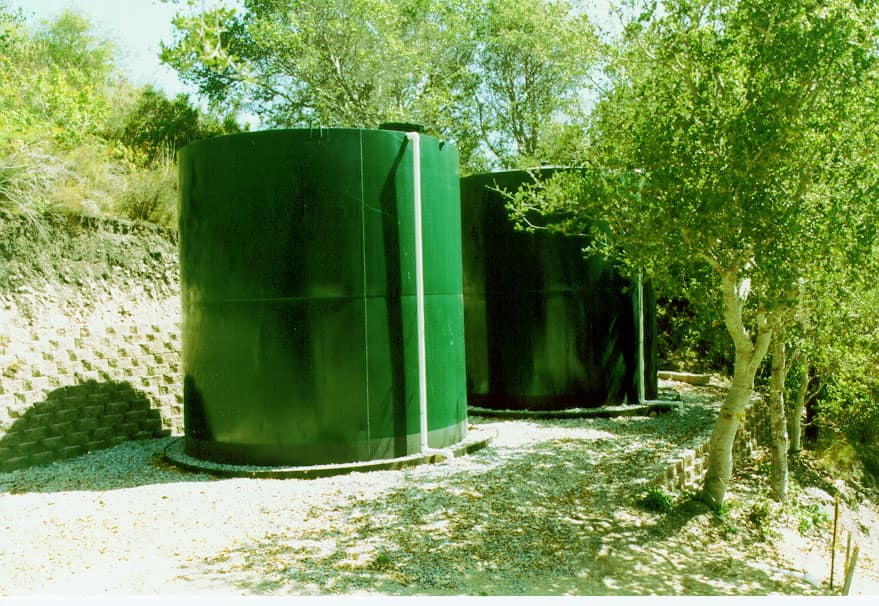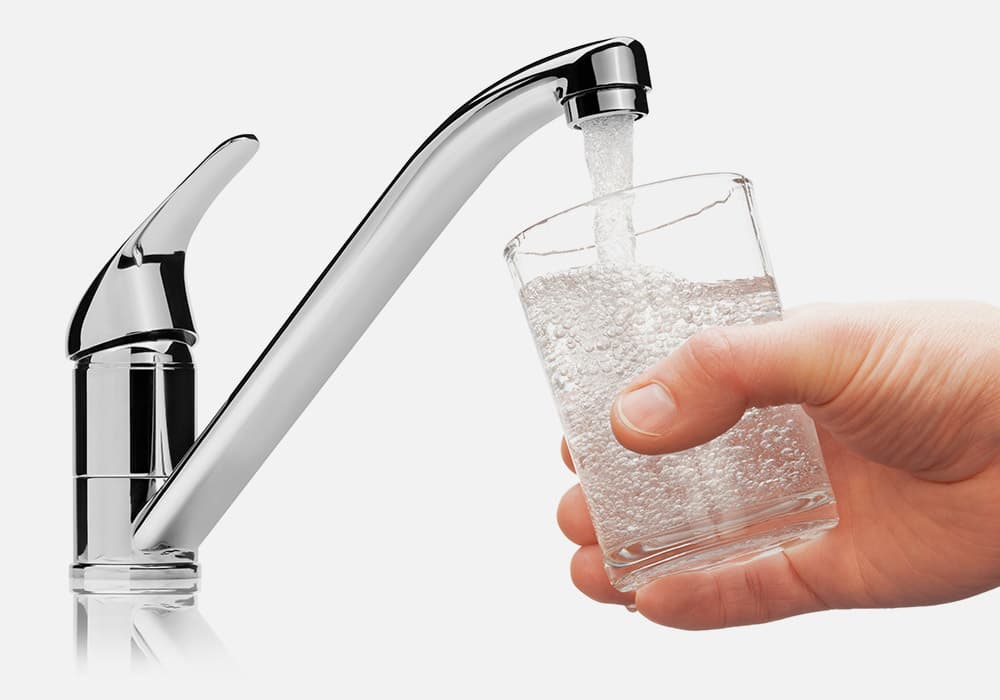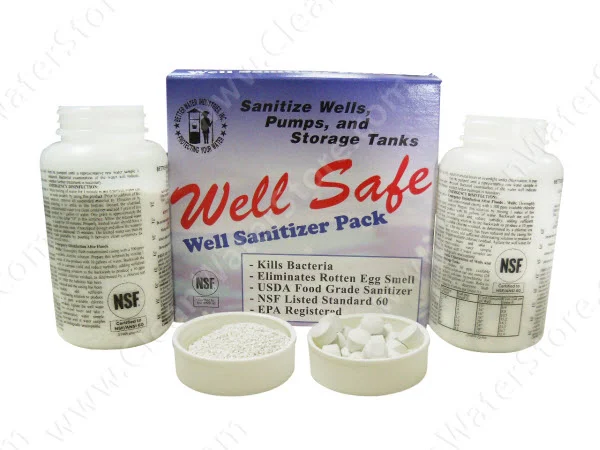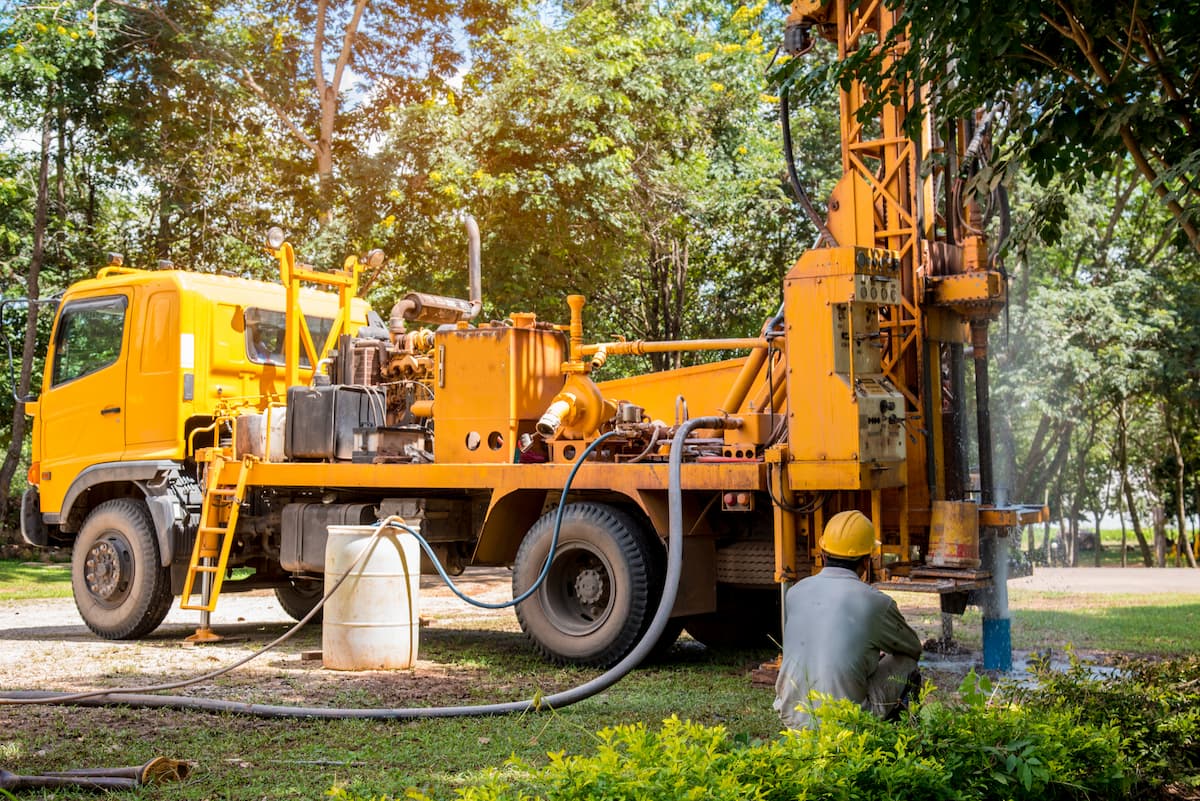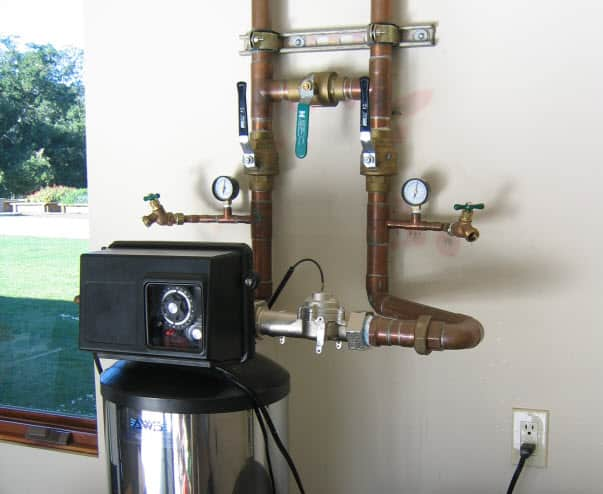Why Testing Your Well Water is Essential

Why Testing Your Well Water is Essential for Homeowners
Have you ever wondered about the quality of your well water? If you're a homeowner relying on a private well, ensuring the safety and purity of your water should be a top priority.
Unlike municipal water systems, which are regularly tested for contaminants, private well owners are responsible for testing their water to ensure it is safe to drink.
In this blog post, we'll explore why testing your well water is crucial, what to test for, and how to go about it effectively. Join us as we uncover the secrets to maintaining a clean and healthy water supply right from your backyard.
The Importance of Testing Well Water
Testing your well water isn't just a good idea; it's essential. With most homes relying on private wells for their water supply, it's important to understand that these wells aren't immune to contamination.
Factors like floods, earthquakes, and proximity to industrial activities can introduce harmful substances into your water, posing serious health risks. By regularly testing your well water, you can identify potential issues early and take necessary measures to ensure its safety.
Common Contaminants in Well Water
Private wells are susceptible to various contaminants that can compromise water quality. While most contaminants are invisible, odorless, and tasteless, they can still have significant health implications.
Some common contaminants include coliform bacteria, nitrates, lead, copper, and volatile organic compounds (VOCs). Testing for these substances is vital, as even low levels can have long-term health effects on you and your family.
Key Events Prompting Well Water Testing
Certain events should trigger immediate testing of your well water. Natural disasters like floods or earthquakes can introduce pollutants into the water supply.
Additionally, regular testing becomes even more critical if your property is near agricultural activities, industrial zones, or oil drilling sites. These activities can lead to contamination through runoff or leakage, making it necessary to assess your water quality more frequently.
Regular Testing for Peace of Mind
Regular testing is still a good practice even if you haven't experienced any specific events that might compromise your well water. Routine testing provides peace of mind, ensuring that your water remains safe and free from harmful substances. Scheduling tests at least once a year can help detect any changes in water quality and address issues before they become major concerns.
Enhancing Water Aesthetics and Quality
Beyond health concerns, testing your water can also improve its aesthetic quality. Issues like iron staining, white scale buildup, and unpleasant odors can be addressed through testing and appropriate treatment.
By identifying the root causes of these problems, you can implement effective solutions that enhance your water's taste and appearance.
Certified Lab vs. DIY Testing Kits
When it comes to testing, you have two main options: certified laboratories or do-it-yourself (DIY) test kits. Certified labs provide comprehensive analyses and are ideal for situations requiring official reports or when purchasing a new home.
DIY kits offer convenience and immediate results, making them suitable for addressing specific aesthetic concerns. Both options have their merits, and choosing the right one depends on your needs and circumstances.

Comprehensive Water Testing Recommendations
Comprehensive tests are essential for a thorough understanding of your well water's quality.
A general mineral analysis should be your starting point, covering factors like pH, alkalinity, hardness, and common minerals such as iron and manganese. These tests reveal potential issues related to stains, sediment, and taste, helping you make informed treatment decisions.
The Role of Coliform Bacteria in Water Quality
Coliform bacteria are a common concern for well owners. These bacteria can infiltrate well casings in soil, vegetation, and surface water, leading to contamination. Testing for coliform bacteria should be done at least annually, as it indicates overall water quality. While not all strains are harmful, their presence suggests potential pathways for other contaminants.
Addressing Lead and Copper Contamination
Plumbing materials can cause lead and copper contamination. Testing the “first draw” water, which has been stagnant in pipes, helps identify elevated levels. Flushing faucets before collecting water for consumption can reduce these metals to acceptable levels. Regular testing ensures your water remains safe from these potentially harmful substances.

Nitrate Concerns in Well Water
Nitrates are a major concern, especially for families with infants or pregnant women. Formed from fertilizers, animal waste, and sewage, nitrates can pose serious health risks. Testing for nitrates annually is essential, particularly if you live near agricultural areas or septic systems. Addressing nitrate contamination promptly safeguards your family's health.
Recognizing the Impact of Solvents, Gas, and Oil
Living near gas stations, industrial sites, or highways increases the risk of contamination from volatile organic compounds (VOCs). VOCs can leach into groundwater, leading to serious health issues. Testing for these substances is crucial for well owners in such areas, as VOCs are common and can remain undetected without proper analysis.
The Importance of Pesticide and Herbicide Testing
Pesticides and herbicides used in farming can seep into groundwater, posing health risks over time. Testing for pesticide residues is particularly important if your well is near agricultural fields or areas where these chemicals are manufactured. Regular testing helps ensure your water remains free from harmful chemicals and supports overall well-being.
Understanding Other Contaminants
Aside from the contaminants above, there are other potential threats to well water quality. These include volatile organic compounds (VOCs), which can arise from various sources like gasoline stations, repair shops, and industrial sites. Testing for VOCs adds an extra layer of protection, especially in areas with known contamination risks.
Protecting Your Health and Peace of Mind
In conclusion, testing your well water is a matter of both health and peace of mind. Regular testing ensures that your water remains safe, free from harmful contaminants, and pleasant to use. By understanding potential threats and conducting appropriate tests, you can proactively address issues and enjoy a reliable source of clean water.
Taking Action for Safe Well Water
To maintain the quality of your well water, prioritize regular testing and stay informed about potential sources of contamination. If you're unsure about the best approach, consult professionals specializing in water testing and treatment. Remember, safeguarding your water supply safeguards your family's health and well-being.
Testing your well water is not just a precaution; it's a necessity. Following the guidelines outlined in this post, you can ensure that your water remains a safe and dependable resource for you and your loved ones. Take action today to protect your water quality and enjoy the benefits of a clean and healthy supply.
Maintaining a safe water supply involves understanding best practices and potential risks.
For further information on testing and protecting your well water, explore these helpful resources from government and educational institutions:
- U.S. Environmental Protection Agency (EPA) – Private Drinking Water Wells
https://www.epa.gov/privatewells
This page from the EPA provides detailed information on maintaining private wells, common contaminants, and the importance of regular testing. - Centers for Disease Control and Prevention (CDC) – Well Testing
https://www.cdc.gov/healthywater/drinking/private/wells/testing.html
The CDC offers guidelines for homeowners on testing well water, what to test for, and the health risks associated with contaminated water. - National Ground Water Association (NGWA) – Well Owner Resources
https://www.ngwa.org/what-is-groundwater/groundwater-facts/well-owner-resources
This page provides resources and information for private well owners, including tips on water testing and maintaining well water quality. - Extension Service of a State University (e.g., University of Nebraska-Lincoln) – Water Testing for Private Well Owners
https://water.unl.edu/article/drinking-water/water-testing
This extension service page gives homeowners practical advice on testing well water, how to interpret results, and available resources.




